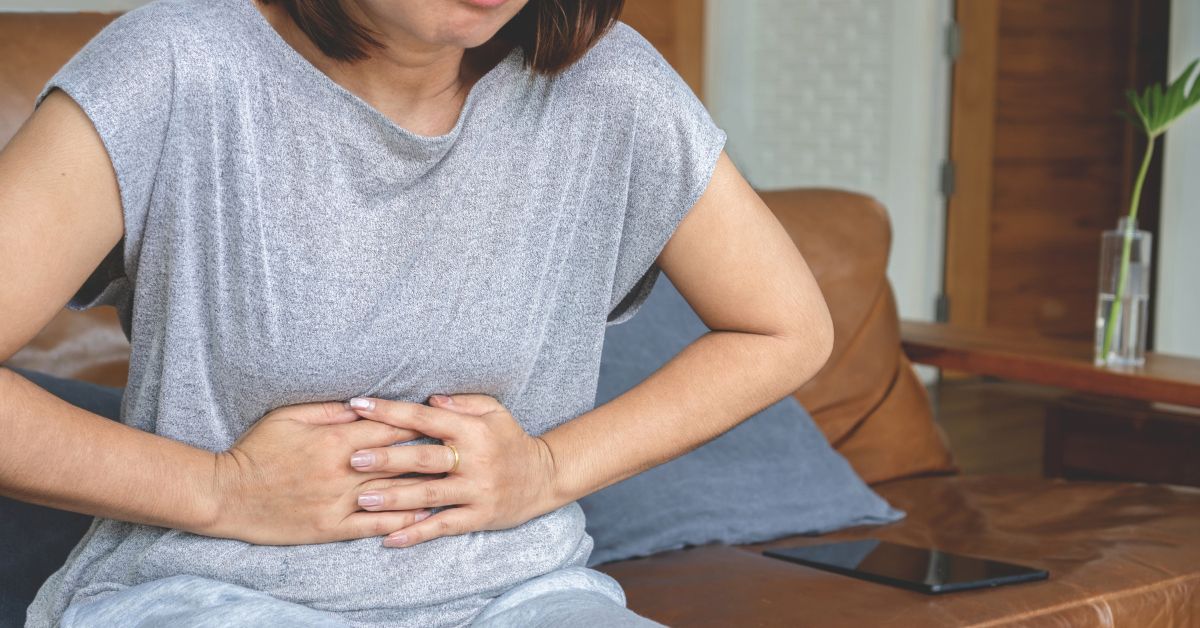When it comes to stopping the community spread of COVID-19, face masks are critical.
The Centers for Disease Control and Prevention (CDC) is encouraging the use of face masks in public to help protect themselves and others. This includes wearing a mask when you’re around people who don’t live in your household, especially when social distancing isn’t possible.
Are you wearing your face masks correctly, though? If you aren’t, you could be helping this virus spread. Check out our list of dos and don’ts when wearing your face mask.
When you put on your mask, do:
- Wash your hands
- Place the mask over your nose and mouth, also secure it under your chin.
- Fit it against the sides of your face as best as you can.
- Make sure you can breathe easily.
When wearing your mask, do not:
- Only cover your mouth and not your nose.
- Put it around your neck or up on your forehead – this can contaminate it.
- Touch the mask. If you do, wash your hands or use hand sanitizer before touching anything else, including your face.
When removing your face covering, do:
- Wait until you are alone or at home.
- Only handle the mask by the string or loops.
- Fold the outside corners of the mask together.
- Immediately place cloth coverings in the washing machine, or throw away disposable masks.
- Wash your hands immediately, especially before touching your face.
Wearing a face mask at this time is very important because some people are asymptomatic carriers of COVID-19. This means that while they do not have any symptoms, they can still spread the virus.
In addition to wearing face masks in public, be sure to practice safe social distancing by staying at least six feet away from others. Washing your hands regularly with soap and water is also a must. You can use hand sanitizer when soap and water aren’t available. Finally, avoid interacting with others who are sick or showing symptoms, and try to limit all your interactions with others outside your household.
Stay updated on what Bon Secours is doing related to COVID-19.





